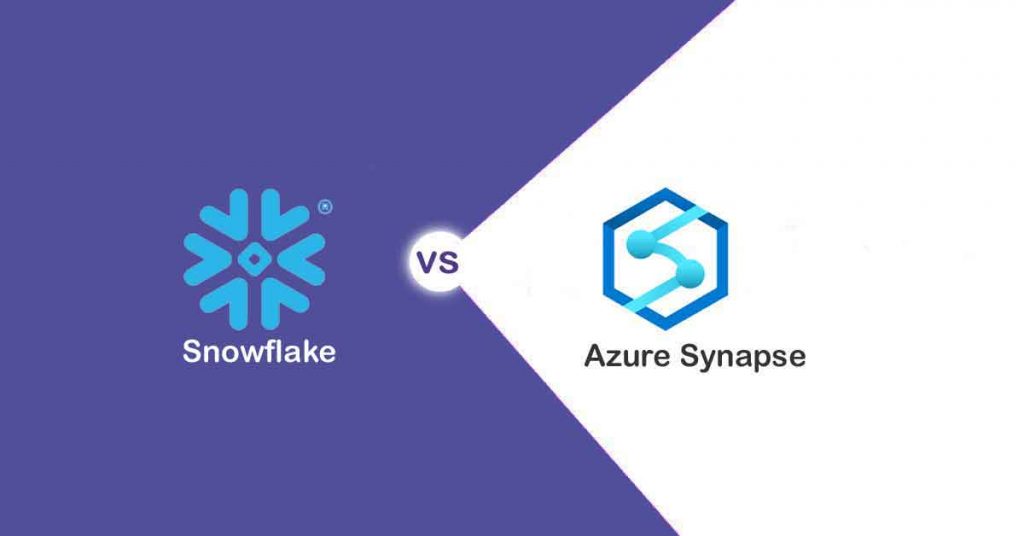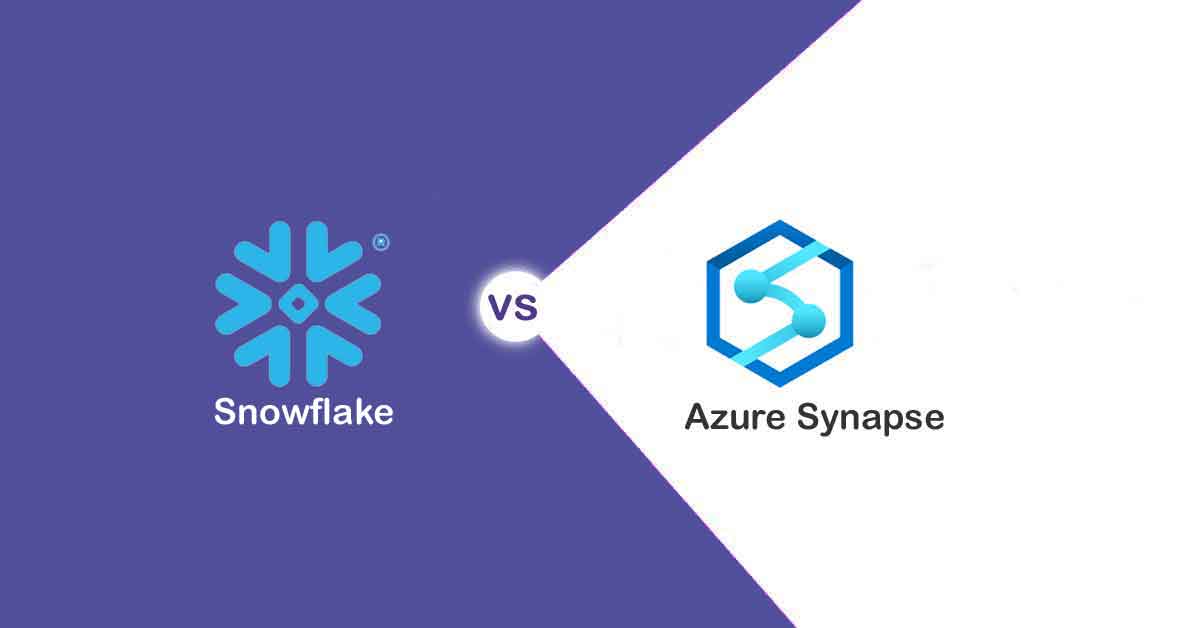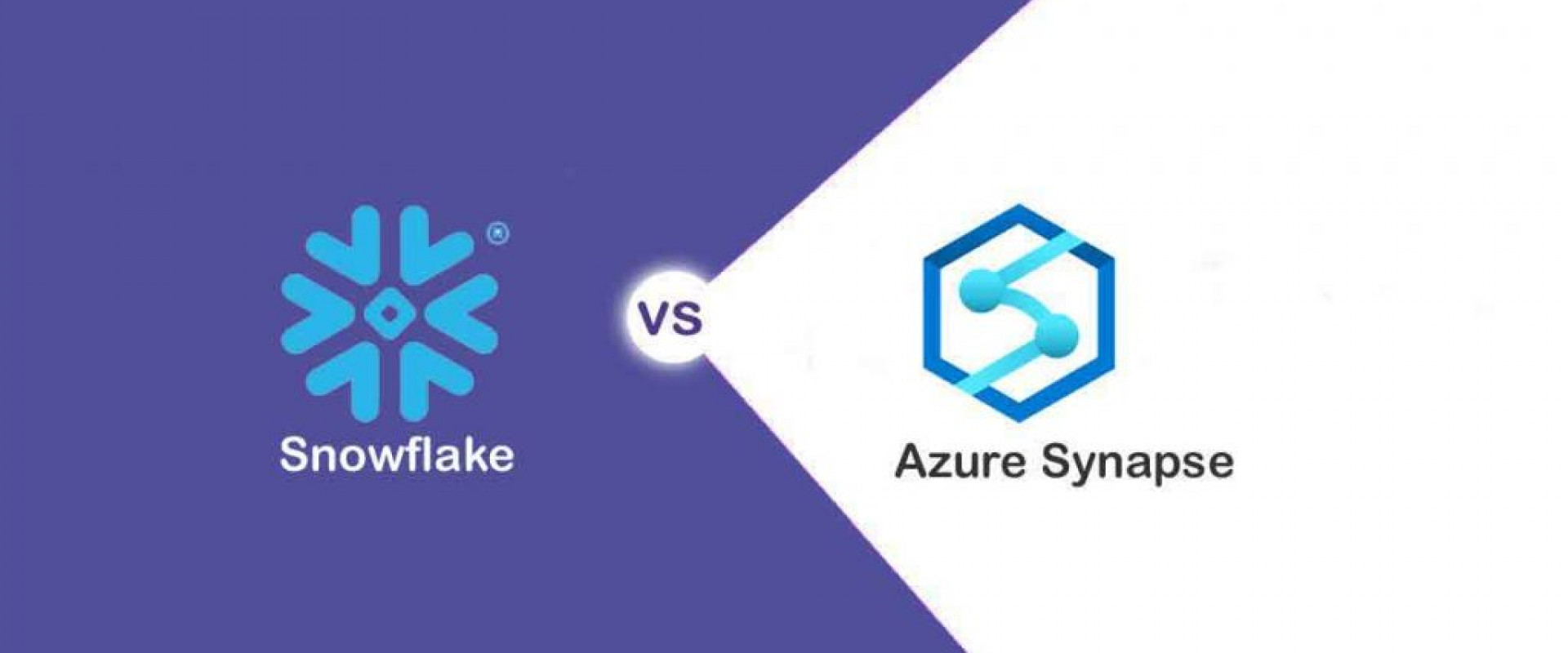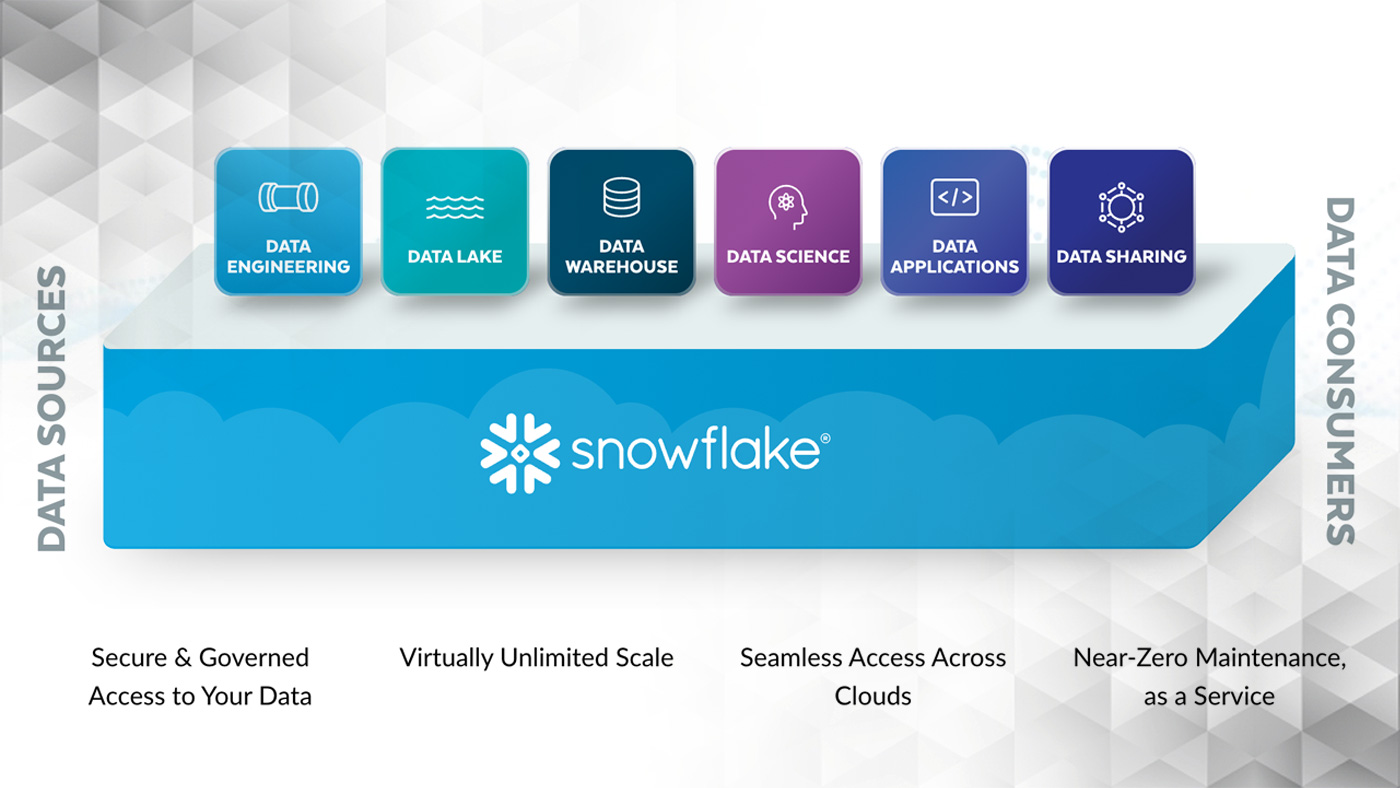Understanding Cloud Data Platforms: Snowflake and Azure
In today’s data-driven world, businesses are increasingly relying on cloud-based data storage and processing solutions to manage their ever-growing data needs. Two prominent players in this space are Snowflake and Microsoft Azure, both offering robust and feature-rich cloud data platforms. This article aims to provide a comprehensive comparison of Snowflake vs Azure, helping you make an informed decision for your business.
Snowflake: A Cloud-Built Data Warehouse
Snowflake is a powerful, fully-managed cloud data warehouse that offers exceptional performance, scalability, and ease of use. Built on a unique architecture that separates compute and storage resources, Snowflake enables businesses to scale up or down seamlessly, only paying for the resources they consume. This flexible approach to resource management significantly reduces costs compared to traditional on-premises data warehouses.
One of Snowflake’s standout features is its support for various data types and sources, allowing organizations to consolidate structured and semi-structured data into a single platform. Snowflake’s data sharing capabilities enable secure, near-real-time data sharing between different parts of an organization or with external partners, fostering collaboration and data-driven decision-making.
Real-world use cases for Snowflake include data warehousing, data lake modernization, data science, and machine learning. Numerous customer success stories highlight Snowflake’s ability to streamline data management, improve analytics capabilities, and drive business growth. For instance, companies like Instacart, Capital One, and Condé Nast have leveraged Snowflake to optimize their data-driven operations and gain valuable insights from their data.
Microsoft Azure: A Comprehensive Cloud Ecosystem
Microsoft Azure is a robust and versatile cloud platform that offers a wide range of services, including data management and analytics tools. Azure’s data services, such as Azure Synapse Analytics and Azure Databricks, empower businesses to process, analyze, and visualize data with ease. Azure Synapse Analytics is a limitless analytics service that brings together data integration, enterprise data warehousing, and big data analytics, all in one platform.
Azure Databricks, on the other hand, is an Apache Spark-based analytics platform that simplifies big data processing and enables real-time analytics. By integrating these data services with other Azure tools, like Power BI for data visualization and machine learning capabilities, organizations can unlock valuable insights from their data and drive informed decision-making. Moreover, Azure’s seamless integration with Microsoft’s suite of productivity tools, such as Office 365 and Dynamics 365, adds to its appeal for businesses already invested in the Microsoft ecosystem.
How to Choose Between Snowflake and Azure
When deciding between Snowflake and Azure for your cloud data platform, consider several factors to ensure you make the best choice for your business needs and long-term data strategy. These factors include cost, performance, scalability, data integration, and security.
Cost: Analyze the pricing models of both Snowflake and Azure to determine which platform offers the most cost-effective solution for your organization. Consider factors such as storage costs, compute costs, and data transfer fees. Remember that while Snowflake’s on-demand pricing may seem attractive, Azure’s reserved instances could provide better value for larger, long-term workloads.
Performance and Scalability: Evaluate the performance and scalability of both platforms to ensure they can handle your organization’s data processing needs. Snowflake’s architecture offers near-instant, near-linear scalability, while Azure’s data services, like Azure Synapse Analytics and Azure Databricks, provide robust performance and scalability options.
Data Integration: Assess the data integration capabilities of both platforms to ensure seamless data flow between various sources and destinations. Snowflake’s data sharing capabilities and support for various data types make it an attractive choice, while Azure’s seamless integration with Microsoft’s suite of productivity tools adds to its appeal.
Security: Examine the built-in security features, data encryption, and access controls provided by both Snowflake and Azure. Ensure that the chosen platform meets your organization’s security requirements and industry regulations. Both platforms offer robust security features, but your specific needs and compliance requirements may influence your decision.
Ultimately, the choice between Snowflake and Azure will depend on your organization’s unique requirements, existing infrastructure, and long-term data strategy. Carefully consider each factor and consult with industry experts or technology partners to make an informed decision.
Implementing Snowflake and Azure: Best Practices and Considerations
Implementing Snowflake and Azure in your organization requires careful planning, resource allocation, and ongoing maintenance. By following best practices and considerations, you can ensure a smooth transition to these cloud data platforms and maximize their benefits.
Proper Planning: Before implementing Snowflake or Azure, assess your organization’s data management needs, existing infrastructure, and long-term data strategy. Identify the data sources, data types, and data volumes you need to manage, and determine the performance, scalability, and security requirements.
Resource Allocation: Allocate sufficient resources for the initial setup, data migration, and ongoing maintenance of Snowflake and Azure. Ensure that your team has the necessary skills and expertise to manage these platforms or consider partnering with a technology partner to assist with the implementation.
Training Staff: Train your staff on Snowflake and Azure to ensure they can effectively manage and leverage these platforms. Provide opportunities for continuous learning and professional development to keep up with new features and updates.
Ongoing Maintenance: Regularly monitor and maintain Snowflake and Azure to ensure optimal performance and security. Stay up-to-date with new features, updates, and best practices, and adjust your implementation as needed.
By following these best practices and considerations, you can successfully implement Snowflake and Azure in your organization, improving your data management capabilities and driving informed decision-making.
Security and Compliance in Snowflake and Azure
Security and compliance are critical factors when choosing a cloud data platform. Both Snowflake and Azure offer robust built-in security features, data encryption, and access controls to help organizations meet various industry regulations and standards.
Snowflake Security: Snowflake provides multiple layers of security, including always-on, enterprise-grade encryption for data at rest and in transit. It also offers fine-grained access control, allowing organizations to manage access to data at the row and column level. Snowflake’s separation of storage and compute resources further enhances security by minimizing the attack surface.
Azure Security: Azure offers a wide range of security tools and features, including Azure Security Center, Azure Monitor, and Azure Active Directory for identity and access management. Azure also provides encryption for data at rest and in transit, and it supports various compliance standards, such as HIPAA, PCI DSS, and GDPR.
When evaluating Snowflake and Azure for security and compliance, consider factors such as data encryption, access controls, and support for industry-specific regulations. Ensure that the chosen platform meets your organization’s security requirements and aligns with your long-term data strategy.
Future Trends and Innovations in Cloud Data Platforms
As cloud data platforms continue to evolve, organizations can expect new trends and innovations that will reshape the way they manage and leverage data. Snowflake and Azure are adapting to these changes, offering businesses cutting-edge capabilities to drive growth and success.
AI and Machine Learning Integration: AI and machine learning are becoming increasingly important in data management and analytics. Both Snowflake and Azure offer integration with AI and machine learning tools, enabling organizations to automate data analysis, uncover hidden insights, and make more informed decisions. Snowflake’s partnership with data science platform DataRobot, and Azure’s machine learning capabilities integrated with Azure Synapse Analytics, demonstrate their commitment to AI and machine learning innovation.
Real-Time Data Processing: Real-time data processing is another growing trend in cloud data platforms. Both Snowflake and Azure provide real-time data processing capabilities, allowing organizations to analyze and respond to data as it arrives. Snowflake’s Streams and Tasks functionality, and Azure’s support for real-time data streaming through Azure Event Hubs and Azure Stream Analytics, showcase their ability to handle real-time data processing needs.
Automated Data Management: Automated data management is essential for organizations seeking to reduce manual tasks and minimize human error. Snowflake and Azure offer automated data management features, such as Snowflake’s Auto-Resizing and Auto-Clustering, and Azure’s automated tuning and indexing capabilities. These features help organizations optimize data management and ensure peak performance.
By staying informed about these future trends and innovations, businesses can make more informed decisions when choosing a cloud data platform and ensure they are well-positioned to leverage new capabilities as they become available.
Conclusion: Making an Informed Decision for Your Business
Choosing between Snowflake and Azure for your cloud data platform requires careful consideration of various factors, such as cost, performance, scalability, data integration, and security. By evaluating your business needs and long-term data strategy, you can make an informed decision that aligns with your organization’s goals and objectives.
Snowflake and Azure both offer robust cloud data platforms with unique features and capabilities. Snowflake’s cloud-built data warehouse architecture, data sharing capabilities, and support for various data types make it an attractive choice for organizations seeking a flexible and scalable solution. Meanwhile, Azure’s comprehensive cloud ecosystem, data services, and integration with other Azure tools provide businesses with a powerful and versatile platform for managing and analyzing data.
When implementing Snowflake or Azure, it’s essential to follow best practices, such as proper planning, resource allocation, and ongoing maintenance. Training staff on these platforms and staying up-to-date with new features and updates can also help organizations maximize their benefits.
As cloud data platforms continue to evolve, staying informed about future trends and innovations is crucial. AI and machine learning integration, real-time data processing, and automated data management are just a few of the emerging trends that organizations should consider when choosing a cloud data platform. By staying informed and considering the factors discussed in this article, businesses can make more informed decisions and stay ahead in the ever-changing landscape of cloud data platforms.





.jpg)


